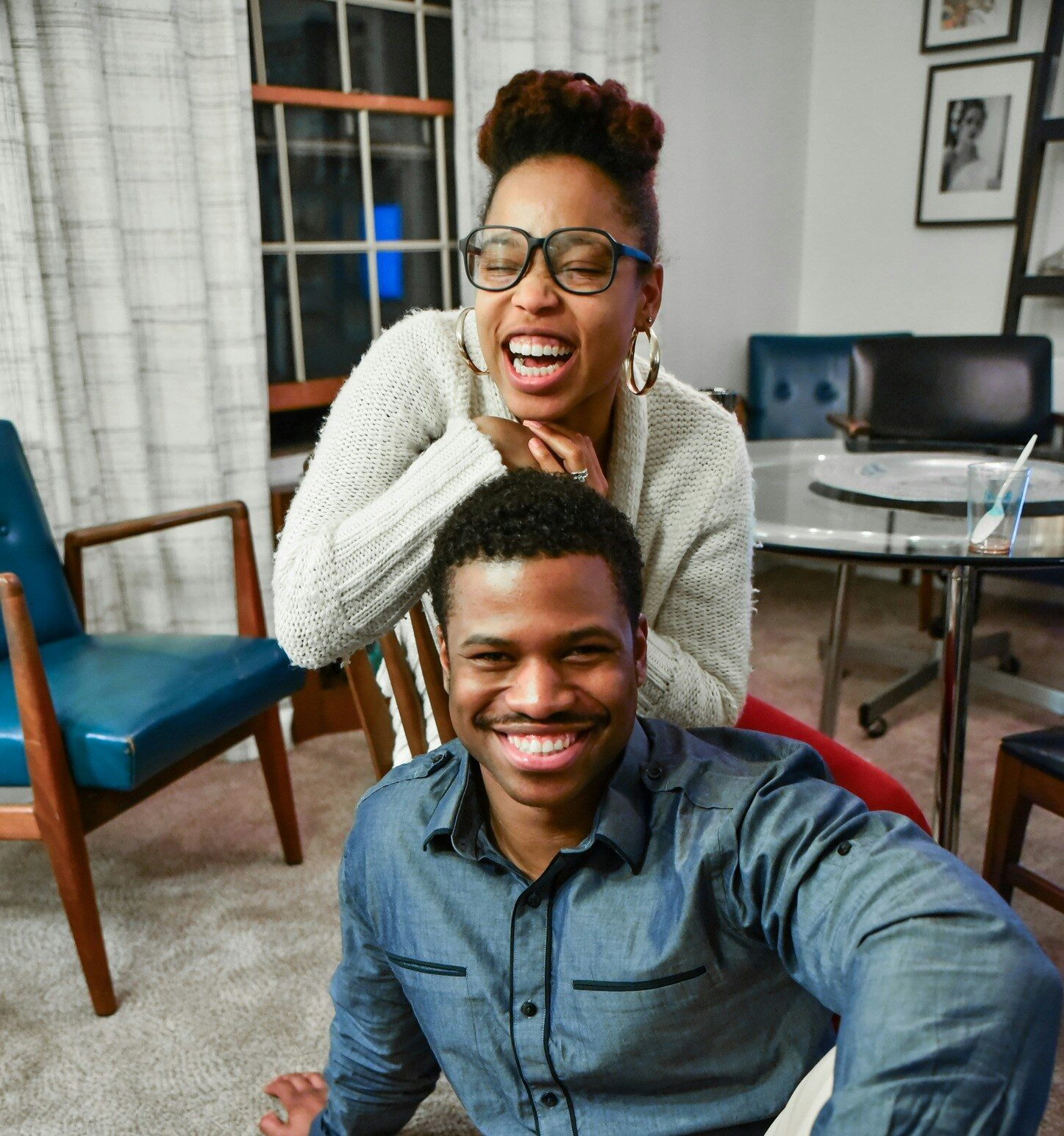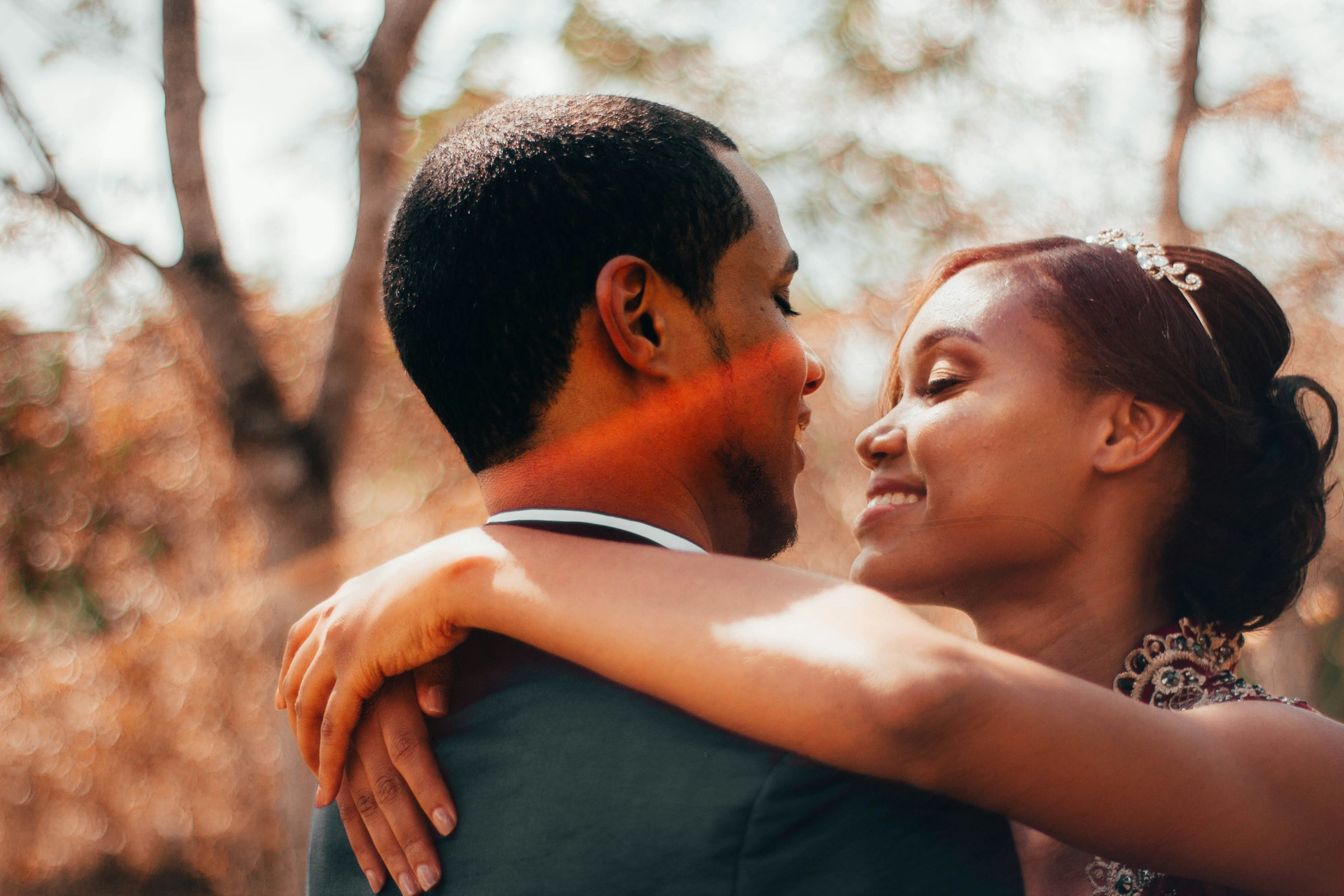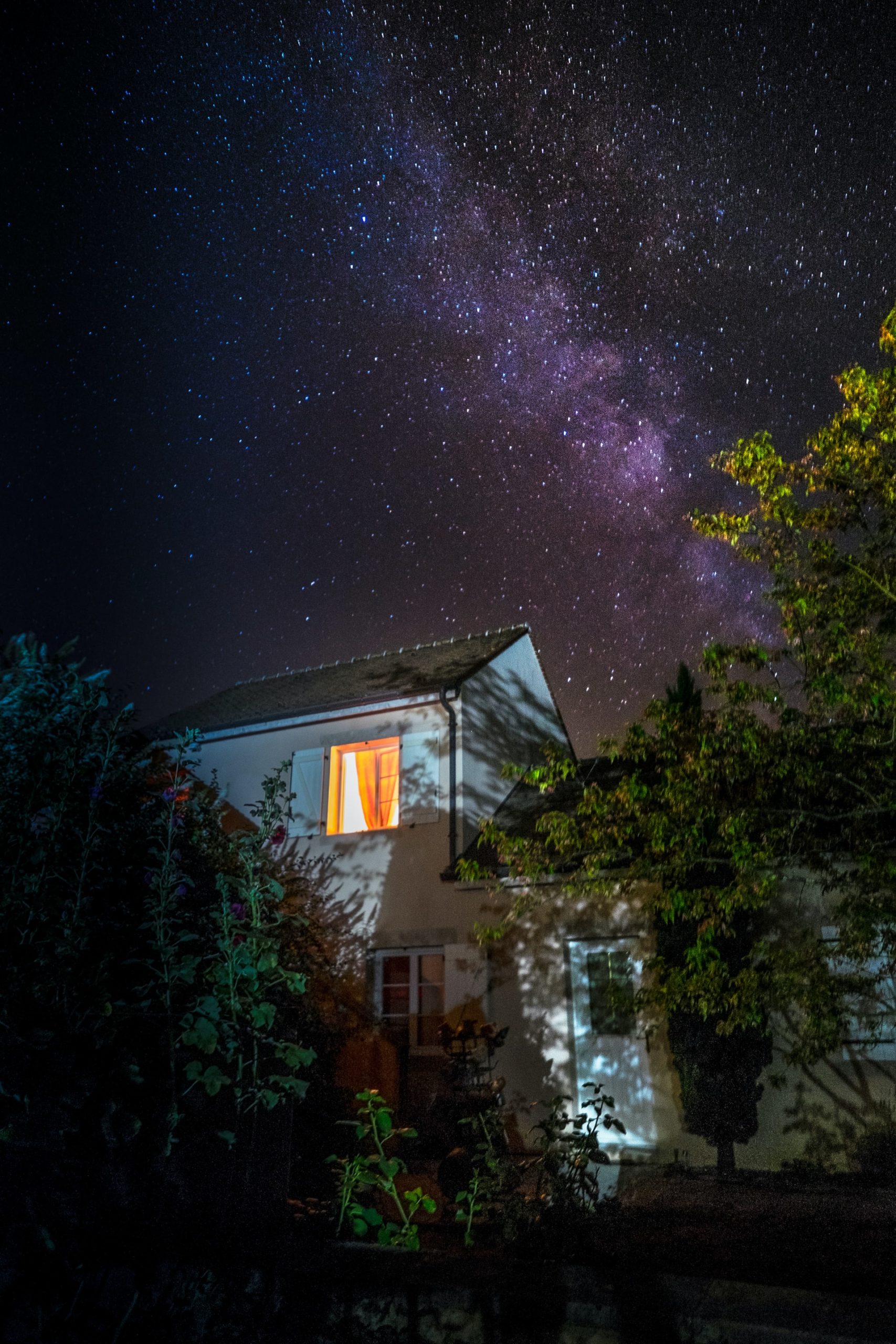-

20 Tips for Dating Someone with Borderline Personality Disorder
•
This blog post sheds light on BPD traits, common BPD triggers and it also provides 20 tips for fostering a healthy and supportive relationship.
-

BPD Relationships: The Best Partner for Someone with BPD
•
In this post, we explore what makes the best partner for someone with BPD and how to navigate BPD relationships for both partners.
-

Top 30 Q+A’s To Help Loved Ones Understand BPD
•
Answers to the Top 30 questions searched online that can help a loved one, friend, mentor or coworker better understand BPD.
-

A Guide to Favorite Person Relationships (for BPD)
•
All You Need to Know About a ‘BPD Favorite Person’ People with Borderline Personality Disorder (BPD) often struggle to form and maintain meaningful relationships. In many cases, they may develop an intense attachment to one person in particular, known as a favorite person (or FP). This is a complex relationship that can be incredibly rewarding […]
-

How to Make Plans Without Triggering Your Partner with BPD
•
A Common BPD Trigger Seen in BPD Relationships If you’re new here, I’m Sarah: a mom, wife and blogger formerly diagnosed with borderline personality disorder. My goal for this blog is to help raise BPD awareness, dispel common BPD myths and help other people with BPD and their BPD relationships. This post touches on a […]
-

BPD Relationships: 12 Key Differences Between Toxic Relationships + Healthy Relationships
•
Being in a Relationship with Someone who has BPD BPD relationships (borderline personality disorder) tend to be intense. Oftentimes a relationship with someone who has BPD is compared to being on a rollercoaster. A ride full of extreme highs and lows, twists, turns and loops. If you’re in a relationship with someone who has borderline […]
-

BPD Episodes 101: Everything You Need to Know
•
People with BPD are often labelled as dramatic, attention seeking or crazy. While it may look that way from the outside sometimes, what’s going on inside is A LOT more complex. What people with BPD need—especially during BPD episodes, is patience, validation, support and reassurance. If you’re new to BPD Beautiful, I’m Audrey Harper and […]
